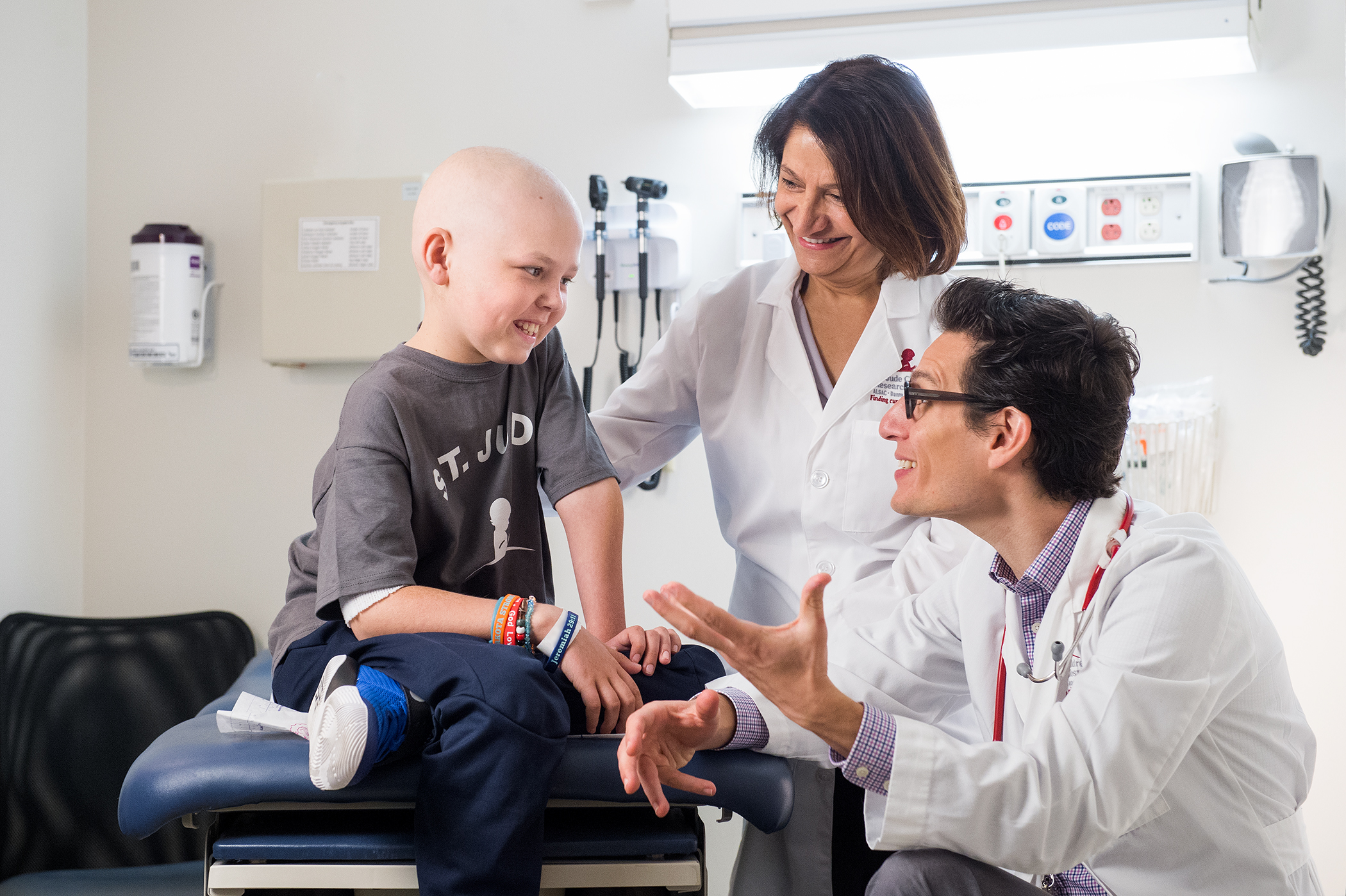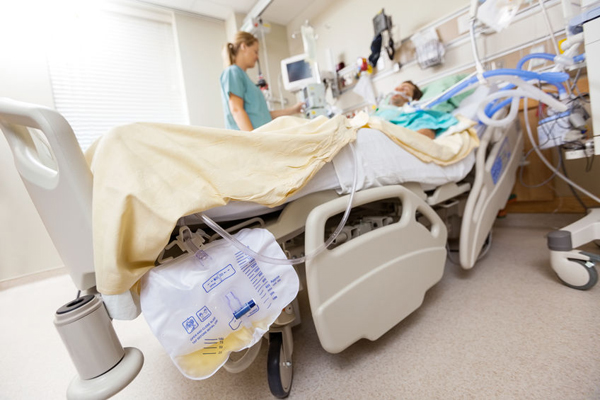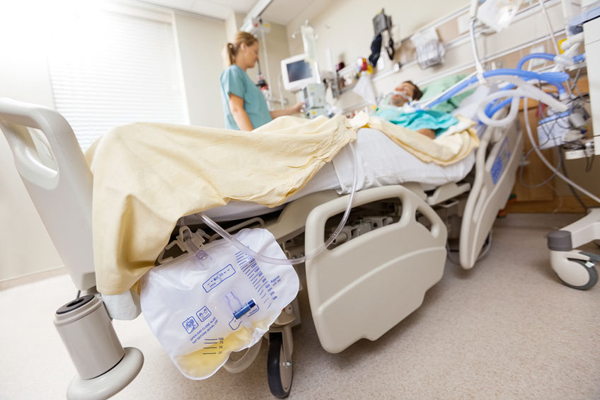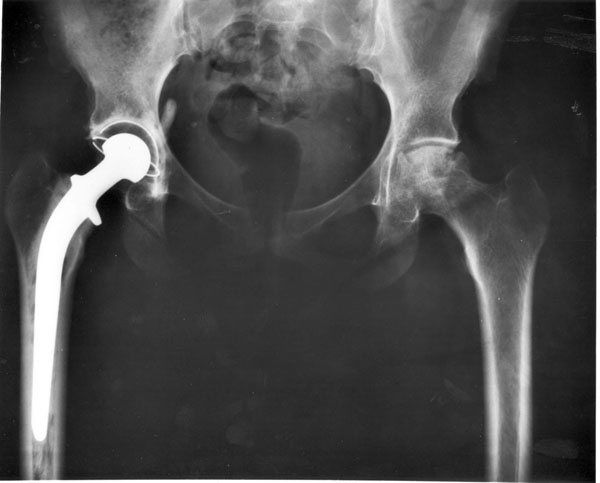According to UV disinfection company Tru-D SmartUVC, an increasing number of hospitals in the US are using the company’s disinfection robots to reduce the bioburden of treatment-resistant pathogens in patient rooms and decrease the risk of hospital-acquired infections. The Tru-D SmartUVC device used UV light to kill pathogenic bacteria in an entire hospital room from a stationary position.
The company previously tested their UV technology in a clinical trial funded by the Centers for Disease Control and Prevention (CDC) and found that using the Tru-D SmartUVC robot to clean patient hospital rooms reduced the risk of hospital acquired infections due to so-called “superbugs” by 30 percent.
The CDC-backed 2013 BETR-Disinfection study involving the Tru-D SmartUVC is the first and most comprehensive study ever performed on the effects of UV disinfection in hospitals. The randomized clinical trial included nine hospitals with over 600,000 room stays that performed 25,000 disinfection cycles.
Clostridium difficile (C. diff), Methicillin-resistant Staphylococcus aureus (MRSA) and carbapenem-resistant Enterobacteriaceae (CRE) are some of the most hard-to-treat bacterial infections that are contracted by patients in a hospital setting. The Tru-D SmartUVC can destroy these pathogens in areas throughout the healthcare facility, including patient rooms, operating rooms and the emergency room.
“Since its inception in 2007, Tru-D has been committed to providing the safest hospital environments possible and reducing the risk of acquiring harmful infections such as C. diff, MRSA and VRE,” said Chuck Dunn, CEO and President of Tru-D SmartUVC. “Our patented technology has been validated by leading researchers in infection control and epidemiology and adopted by prestigious health systems throughout the US.”
In addition to improving patient outcomes, Tru-D SmartUVC says that it can help reduce costs associated with hospital-acquired infections since fewer patients will contract them. It’s estimated that medical costs associated with caring for patients with hospital-acquired infections is over $30 billion per year.
“Data-driven and backed by science, Tru-D is changing and standardizing patient safety and outcomes for health care environments,” said Dunn.










Join or login to leave a comment
JOIN LOGIN